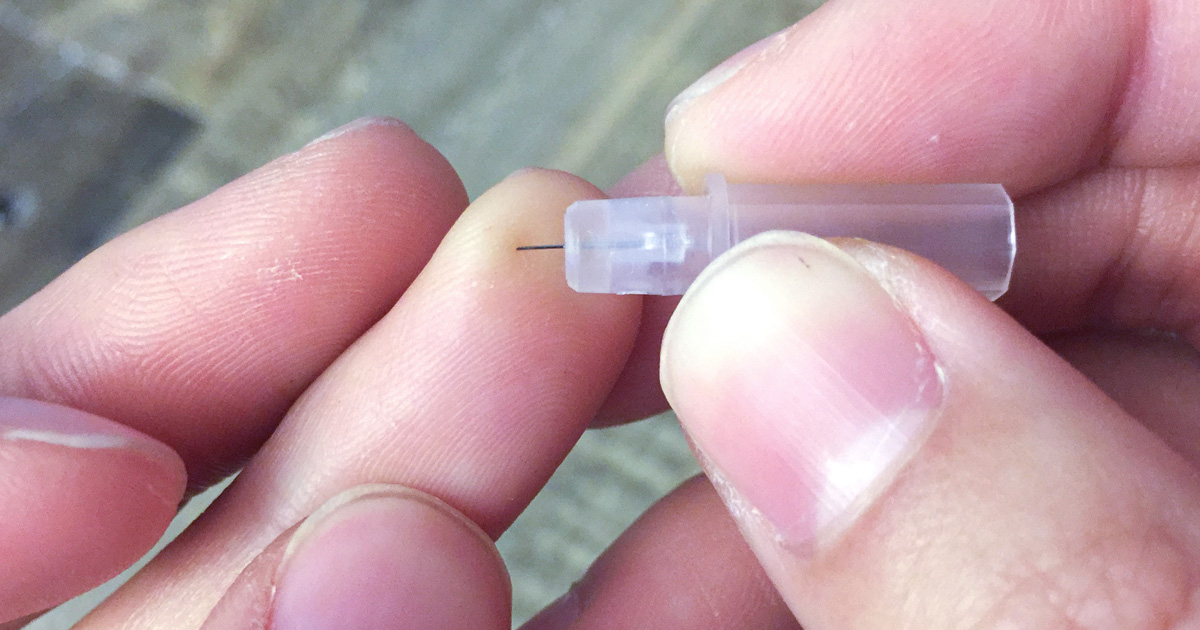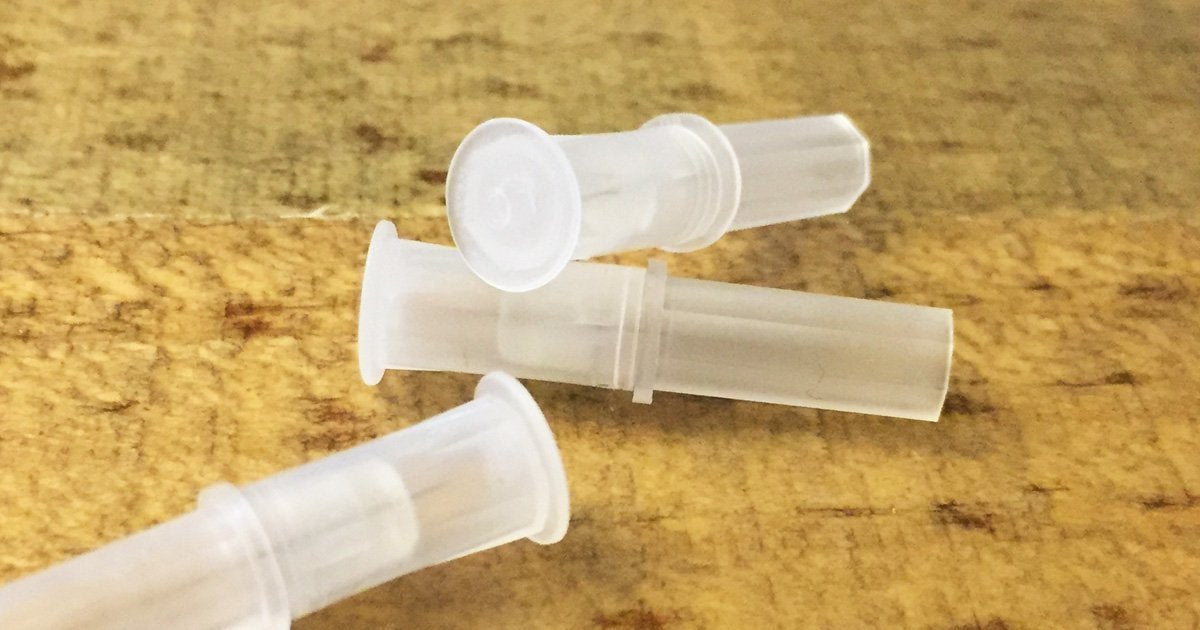How Often Do You Change Your Lancet?
Ask 10 people with diabetes how often they change their lancet to their glucose testing device, and you’ll likely come away with ten different answers.
 As you can see from the answers to our survey, some people prefer to change their lancets with
As you can see from the answers to our survey, some people prefer to change their lancets withSo, how often do you need to change the lancet needle for a glucose testing device?
What’s the Right Answer?
It all depends on who you ask.
The technical answer, according to manufacturers and most healthcare providers, is to change your lancet with each use. This is a precautionary recommendation meant to guard against painful fingersticks, changes in the skin, and infection.
However, home glucose testing has come a long way from when it first became available in the 1980s. Nowadays, meters require much smaller blood samples, lancing devices deliver shallower pokes, and we have better lancets. So, does that mean we can reuse lancets longer if it’s for the same person?
RELATED CONTENT
How to Prevent Scar Tissue from Insulin Injections
While it's true that any needle used multiple times will become dull and require more force, many people do not notice a major difference after using the same lancet for multiple pokes. A simple rotation of fingerstick sites (use each side of the pad of the fingertip) can help guard against skin changes from dulling lancets. And, as long as lancets are used by only one person (whose hands are clean), the risk of infection is very low.
(For what it's worth, even a study on syringe reuse concluded that "diabetic patients frequently reuse disposable syringes, without apparent harmful effect.")

In daily life with diabetes, sometimes there’s no convenient place nearby to dispose of a used lancet.
To dispose of a lancet properly, the ideal solution is to have a dedicated container labeled "USED SHARPS: DO NOT RECYCLE" and check state guidelines on proper disposal.
Sometimes there are no new lancets on hand to replace one you’ve just used. And, let’s face it, sometimes you may just not want to.
In the grand scheme of things, a fresh lancet is not as critical to your health and well-being as the many other self-care tasks on your plate, like taking medications and counting carbs.
Bottom line: If reusing a lancet makes it more likely that you’ll check your blood sugar, it’s fine to let it linger a little longer, but still replace it from time to time.
If you do want to replace your One Drop lancet or need more information about purchasing, you can check our lancet plan support page.




